Dear friends, I like to get to know science through stories.Have you heard of them?
These ,,computer dinosaurs" are fascinating to me.
Antikythera mechanism - Between 200 and 50 BC
The mechanism was discovered near the Aegean island of Antikythera, after which it was named. Greek divers, sponge hunters, landed near the island in 1901 after being caught by a sudden storm. At a depth of 42 meters, divers found a sunken Roman galley, which caused great excitement in the public at that time. Archaeologists have concluded that the galley sank around 80 BC and was part of a Roman convoy carrying Greek art from the island of Rhodes.
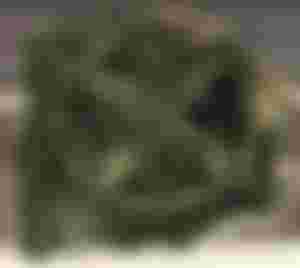
Archaeologist Spiridon Stais, who noticed on May 17, 1902, that a gear had been inserted on a piece of rock removed from the galley. It turned out that it was not a rock at all, but a human artifact - a sophisticated mechanism made of bronze, 33 centimeters long, 17 centimeters wide and nine centimeters thick.On the front of the mechanism there is a dial with two engraved scales. One is fixed and the signs of the zodiac are drawn on it, while the moving ring shows the months of the year. The letters engraved on the scale of the zodiac correspond to the signs on a plate with a calendar. The use of advanced differential gears inside the mechanism at that time enabled the position of celestial bodies to be calculated by adding and subtracting the angular velocities of the gears.
The first extensive research was undertaken in 1951 by science historian Derek Price of Yale University. In 1974, he published the work Greek Gears, in which, based on the existing engraved text and the reconstruction of the gear system, he presented the theory that the Antikythera is an analog computer mechanism for determining the position of planets.A mechanism like Antikythera could accurately reproduce the motions of the Sun and Moon based on the epicyclic model developed by Hipparchus, while the motions of Mercury and Venus could be based on the model of Apollonius of Pergamum.
Z1 – 1936. year
Konrad Cuze, a German, made a Z1 computer in his parents' house. It contained almost all the parts that modern computers have, only, of course, it was very unreliable when performing operations.
He could "program" it whoever he wanted, using a drilled 35mm film.

Atanasoff-Berry Computer (ABC) - 1942.
It was made by John Vincent Atanasoff, a professor at the University of America with the help of student Clifford Berry. This computer is known as the first machine to use electronic digital computing and could solve up to 29 systems of linear equations simultaneously.
As can be concluded, it is designed to be able to solve mathematical problems.

Colossus Mark 1 - 1943
This is the first major progress of the British intelligence service. It was used to intercept messages sent by the Germans during World War II, and is therefore considered very advanced for its time.

Harvard Mark 1 Computer - 1944
Howard H. Aiken began writing his doctorate in 1937 dissertations at Harvard University. Due to very long budgets it startedto work on the construction of a calculating machine known as the Harvard Mark I.He was assisted in this project by IBM, both financially and with his own engineers. The machine was based on electromagnetic relays. It's over 1944. It had input and output device, memory, arithmetic and control organ. Input data and instructions were entered using punched paper tape or by positioning the switch. She worked with twenty-digit numbers at a speed of 3 operations per second. 60 numbers could be stored in the memory unit.It was bulky: 17 m long and 2.5 m wide. It was used until 1959. During one demonstration, the machine stopped working. The reason was a moth which entered the relay . Hence the term for program errors - BAG (BUG).

This computer is made in the USA. It was widely used for the development of weapons before the end of World War II. He is credited with making radar, surveillance technology, underwater detectors, torpedoes and more.
It was not used for commercial purposes, and it was inherited by the Mark 2 and numerous other models.
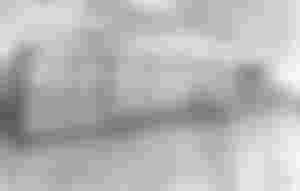
Source Historically entertaining, photos taken by Wilkipedia

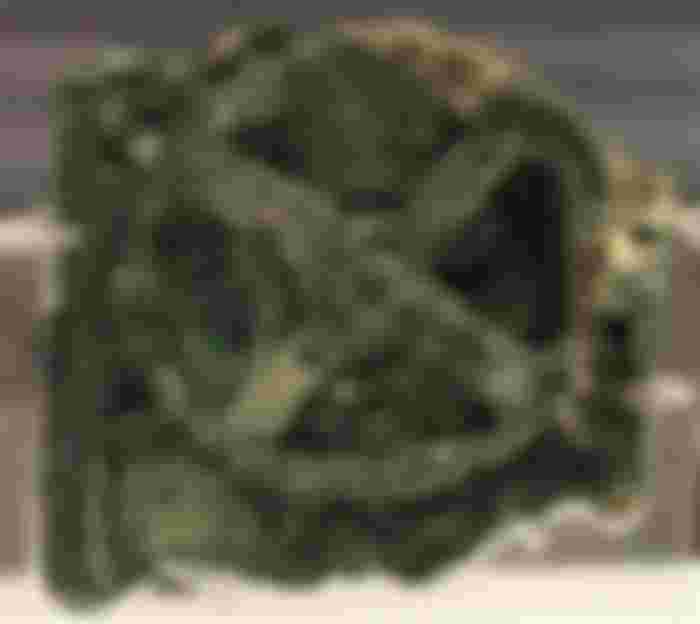
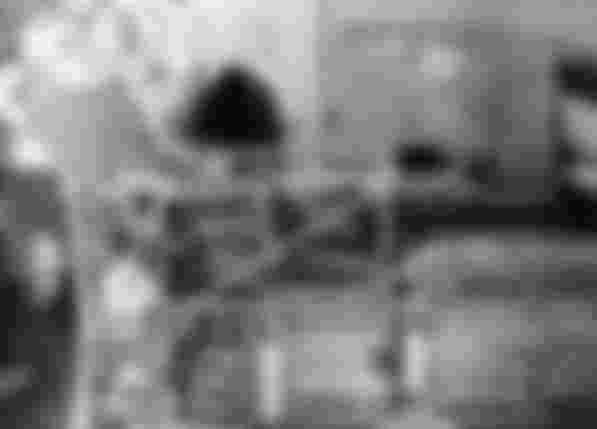



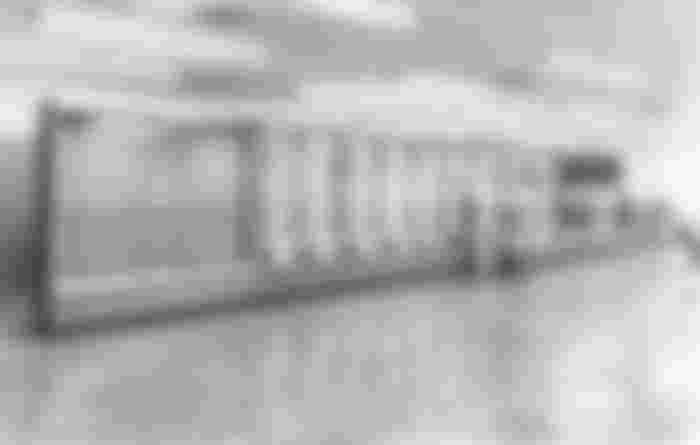

I used to watch documentaries of those and they had a computer room that was literally just for a sinhle pc They were that large